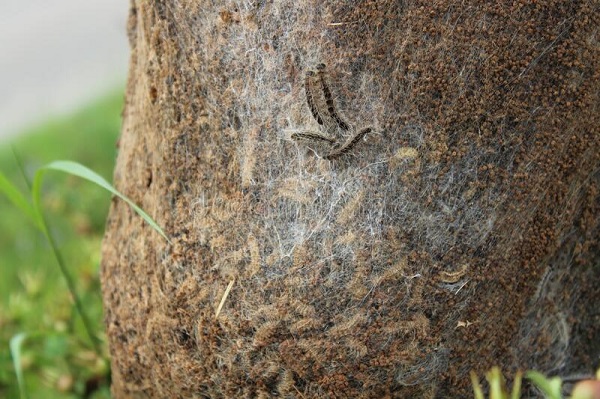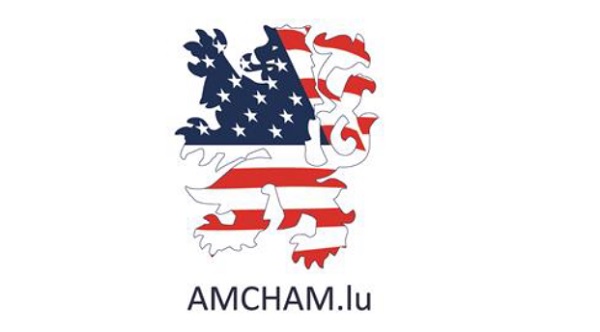 Oak processionary moth caterpillars;
Credit: Dreamstime
Oak processionary moth caterpillars;
Credit: Dreamstime
Luxembourg's anti-pesticide network "Ouni Pestiziden", with the support of natur&ëmwelt a.s.b.l. as well as their local section natur&ëmwelt Haard, Emweltberodung Lëtzebuerg (EBL) and the entomological group of the SNL naturalist society, has criticsed the use of pesticides against oak processionary moths in recreation areas.
According to Ouni Pestiziden, Luxembourg's Ministry of the Environment, Climate and Sustainable Development recently issued at least three permits to municipalities and forest authorities in the Grand Duchy authorising the use of a pesticide to combat the oak processionary moth. Members of the network recalled that they are critical of the use of pesticides in principle, especially since successful selective use is difficult in this case.
In recent years, the massive spread of the oak processionary moth in Luxembourg, especially in recreation and settlement areas, has caused a stir. Climate change and warming favour the development of this species, which has spread in Central Europe since the middle of the 18th century. The caterpillars have stinging hairs, which can cause skin irritation or irritation of the respiratory tract upon contact. Mass reproduction of the species occurred locally from time to time during the last century. Due to the weather conditions but also the increase in predators, the populations were then decimated again. A decline in populations was also observed in many places in Luxembourg in 2020. In some places, the trend was supported by measures to promote natural predators such as tits.
Representatives of Ouni Pestiziden noted that some communities, as well as foresters and representatives of the Environment Ministry, have come to the conclusion that control of the species with pesticides is inevitable. In fact, the agent used (Foray ES) is very selective, according to the network. If used carefully, only oaks would be sprayed, whereby species such as the red underwing (Catocala nupta), the dark crimson underwing (Catocala sponsa) or toothed spinner (Drymonia) would still be affected.
Due to the diffusion during spraying, however, it is unlikely that only oaks will be hit, thus significantly expanding the range of endangered species. The consequence of killing the caterpillars and moths is primarily a lack of food for birds and bats. Accordingly, this leads to a decimation of the natural enemies of the caterpillar or the butterfly up to a renewed, cyclically increased reproduction of the caterpillars in the following years.
Ouni Pestiziden also noted that it had been informed that only infected trees would be treated. However, larvae hatch from the 1mm eggs of the oak processionary moth between the end of April and the beginning of May. These larvae are difficult to spot on large oaks.
The pesticide is not applied selectively, but over a large area by evaporating from the ground. During the application and up to eight hours after using the agent of choice, it is advisable to avoid the affected area. The network thus argued that, particularly in extensive recreation areas and in the immediate vicinity of the settlement area, it is difficult to protect residents and their properties from the aerosols during and after application.
The anti-presticide network reiterated its belief that it was not possible to use the said agent safely and selectively without harming other organisms. It thus advised removing the caterpillars, at the earliest possible stage, using mechanical methods such as suction. In addition, the promotion of natural predators through the installation of nesting aids and other measures would enable a natural balance to be established in the long term. On much-visited paths and places, temporary barriers may still need to be set up if necessary. The network's end goal is to prohibit the use of pesticides in general in order to "successfully protect people, biodiversity and their future".








